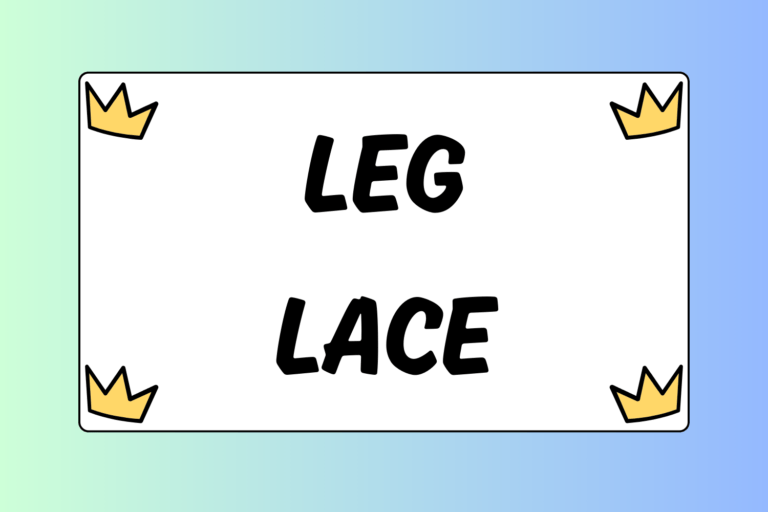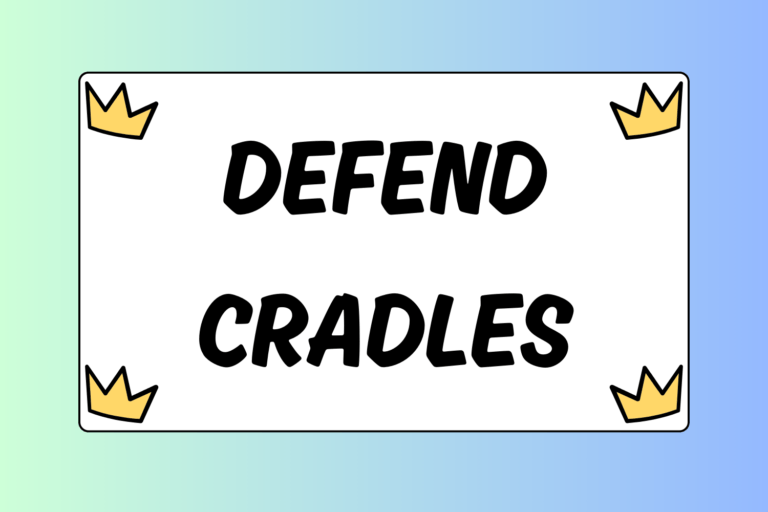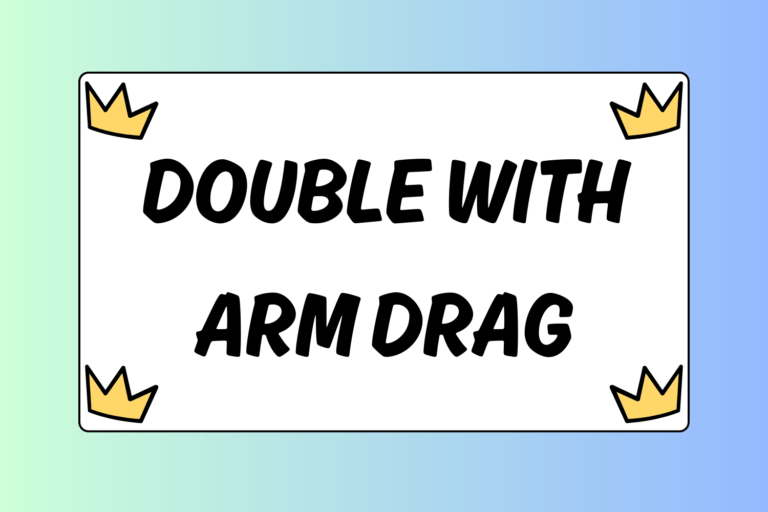There is nothing more dominating in the sport of wrestling than lifting a helpless opponent off the mat and finishing him off with a big throw. Lifting and throwing allows the ability to earn major points, and this is why it is the foundation of the most elite freestyle and Greco-Roman wrestlers in the world.
The straight lift is one type of lift that has proven to be successful on the international scene, and is mainly utilized in Greco, because of the limited defenses against it. If you think you are ready to start sending your opponents on a high-flying trip across the mat, here are a few steps to get you racking up points in no time:
Step 1: Control the Hips and Secure Your Lock
Start by straddling your opponent’s hips with your knees planted on the outside of your opponent’s body, and your shins firmly pressed into the back of his legs. This will limit your opponent’s movement and help keep him from basing up. Your lock is arguably the most important component of the lift. Much of securing a solid lock is in the timing; beating your opponent to the lock before he can flatten out in the par terre position is necessary at higher levels of competition. Don’t attempt to lift without a secure butterfly or other type of body lock.
Step 2: Fake One Side, Lift on the Other
You may be able to start your lift without faking your position, but chances are that you will need to divert your opponent’s attention from your throw. Fake a lift on the opposite side that you are actually going to throw on by stepping to the outside of your opponent’s body with your leg. Your opponent will defend this by turning towards your leg, and putting his hip down on the opposite side. This is ideal, because you will start your lift on the side where the hip is down, with your opponent’s body facing away from you.
Step 3: Hop Up and Squat
With your lock secured, hop up into a squatting position on the side you want to throw, with your hips facing your opponent. Your feet should be a little wider than shoulder’s width, and your toes should be slightly underneath your opponent’s body. In your strong squat position (butt down, head up), pull your opponent directly up using your legs as a guide or ramp. Keep your arms tight to your opponent’s body by pinching your elbows together. Lifting your opponent off of the mat has similar technique as a power clean in weight lifting.
Step 4: Put It on the Shelf
Once you have successfully lifted your opponent up off of the mat, stay in a squatting position and pull your opponent tight to your hips. Your opponent will be wedged between your hip/thigh and the rest of your body; this is known as putting your opponent on “the shelf.” The arm that is on the opposite side of your opponent should be tight around his body. This will allow you enough time to readjust your near arm, or the arm that is between you and your opponent. Do this by sliding your near arm deeper underneath your opponent and get a tighter body lock.
Step 5: Throw It Over Your Shoulder
As you stand up with your opponent, his body should be secured tightly to one of your hips. This hip should be the side of your body closest to your opponent’s legs; most of your opponent’s weight will be supported here, and you will throw him over the shoulder on this same side of your body. All you need to do to complete the throw is:
- Step into your opponent with your back leg and turn your body slightly, positioning your back in the direction of the throw.
- Arch your back for the throw, bending your knees slightly as you turn your body in a twisting motion, throwing your opponent over your shoulder. Keep in mind that your opponent’s body is not in position to throw him directly over your head. To ensure that you won’t be countered and will earn the maximum amount of points for the throw, keep it over the shoulder.
- As you throw, turn your head and look over this same shoulder. This will help you complete the twisting motion. Keep your lock tight until your opponent hits the mat. Stay on top of him as you finish.
Train to Win
Learning to lift and throw is an important milestone in any wrestler’s development, as it signals physical dominance over opponents, as well as the opportunity to score almost at will. Keep in mind that lifting an opponent off of the mat requires an above-average level of strength and flexibility, so don’t look to do it if you aren’t already on an intensive weight-training program designed to build explosive strength in your hips and core.
The lift isn’t meant for beginning wrestlers; you must have a strong technical and physical foundation in order to pull this off in competition against tough opponents. Keep working at it in practice until you have it mastered. Being able to lift and throw could mean the difference between winning gold and settling for silver.





